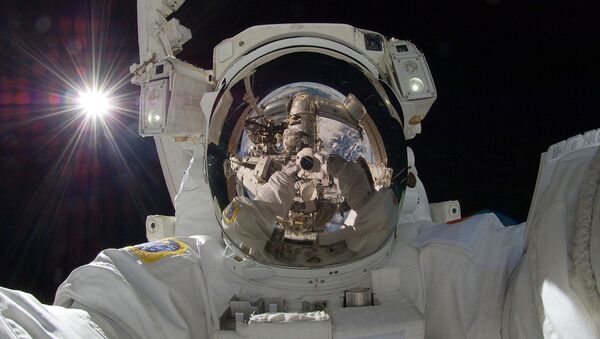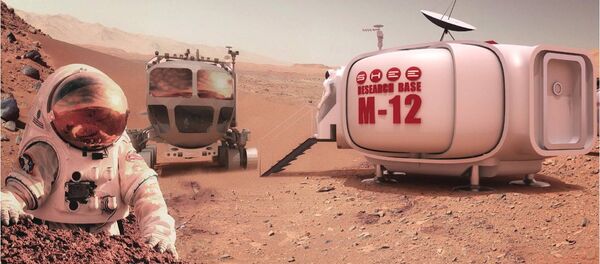So if you’re thinking of a career change, there are a few things you should keep in mind to see if you meet the criteria.
Did you hear? You can apply to #BeAnAstronaut starting on Dec. 14! Here are the details: https://t.co/NpTqhybGYR pic.twitter.com/GLVJbRMkfG
— NASA (@NASA) November 4, 2015
Brains
While international space agencies say that potential space workers need a Bachelor’s degree in engineering, mathematics or various science degrees to be considered for a position — this is merely the minimum.
Anyone else out there really wishing they had a BA degree in a STEM field right about now?#BeAnAstronaut https://t.co/GovqDixMAb
— Jocelyn Benson (@JocelynBenson) November 4, 2015
In order to be realistically considered as a potential astronaut, more advanced degrees like PhDs in the sciences are often required, along with professional experience in the aviation or geography fields.
Candidates applying for pilot positions are also required to have at least 1,000 flight hours or five years flying experience to be considered.
Braun
If you are one of the smart ones to pass the academic requirements, then it’s your physicality that will be assessed to see if you’re suitable to go on a space mission.
First up, many agencies like the Russian Space Agency, NASA and the European Space Agency (ESA) require applicants to be a citizen of the respective countries to apply.
NASA should send me to space. I love dried food, love small spaces, and sleep most of the day. #BeAnAstronaut @NASA pic.twitter.com/QOp8DeF4SX
— Fizzington Womack (@FizWomack) November 5, 2015
If you’ve got the lucky passport, next comes age and dimensions. While previous official age requirements have been scrapped by many space agencies, in reality there are still many restrictions.
NASA has traditionally selected candidates in between the ages of 26 to 46, the ESA has chosen people in between 27 and 37, while Russian authorities have generally gone for people in their late 20s to mid-30s.
Candidates are then checked for height and weight, with the ESA going for people in between 1.53 and 1.9 meters. And in the past anyone weighing more than 70 kilograms generally wasn’t considered ideal for space travel.
Potential cosmonauts are also put under intensive medicals to ensure they are in prefect health, with particular attention paid to cardiovascular capacity and eyesight. The intense treatment led Australian astronaut Andrew Thomas to say that he had been "poked and prodded in ways you couldn’t imagine" during his assessment.
Patience
Once candidates pass the academic and physical requirements there is still a long way to go to be accepted as fully-fledged astronaut.
Do you have what it takes to #BeAnAstronaut? We are accepting applications starting Dec. 14! https://t.co/S9lYzaVQkX pic.twitter.com/y0Z4uA11s0
— Johnson Space Center (@NASA_Johnson) November 4, 2015
The process for successful candidates takes about six or seven years, with those involved undertaking psychological profiling, memory tests and even more medical assessments.
On top of this, candidates are given training on how to react to high and low atmospheric pressures and zero gravity conditions.
Luck
While you may fit all of the above requirements, you also have to be lucky and hope that agencies are in fact openly recruiting.
Ever wanted to #BeAnAstronaut? Now you can – @NASA's accepting applications through Dec 14! https://t.co/CtpTaOuOfF pic.twitter.com/HrxIrcN6Du
— AJ+ (@ajplus) November 4, 2015
Due to the extreme cost of space missions, staff demand comes and goes in stages, with many people missing out on their small window to potentially work in space due to bad timing and a lull in active recruitment.
So next time you see someone on an international space mission, you know they’ve met almost out of this world requirements to get there.


